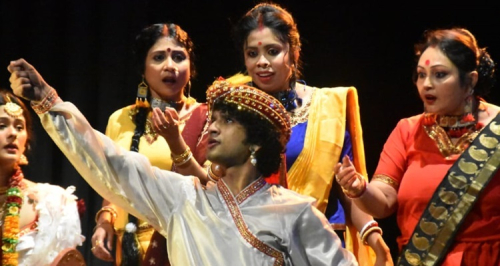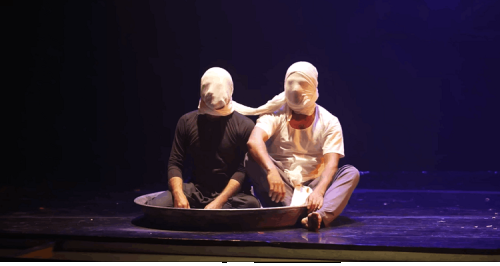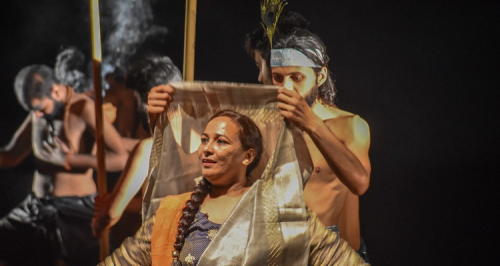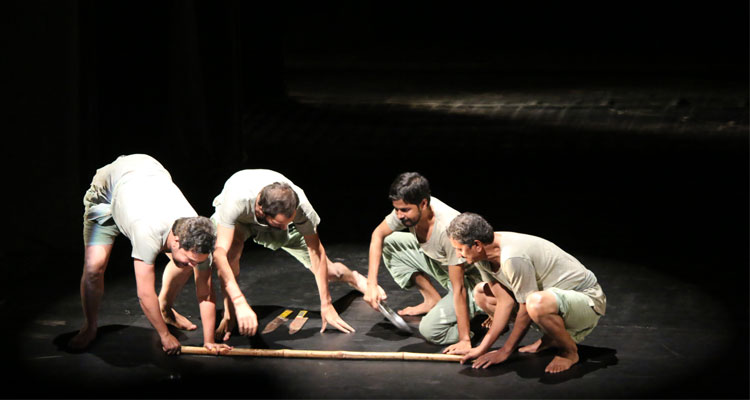Outcaste – The Play
Hypocrisy of social stratification permeates life in India. Caste, class, religion, gender, ethnicity are continuously used to categorise and diminish. The caste system, especially the life of the Dalits is where humanity takes a leave of absence. As if this civilization disadvantage was not enough, contempt based on our understanding of reservations adds a contemporary layer of social exclusion.
The issue glares at us even more like during the ongoing state elections. But, the larger reality is that we talking about a fifth of India that lives in an enforced outhouse of existence. Our developmental goals cannot be realised unless this section of India is included and mainstreamed.
Is it a coincidence that three plays at the 12th META directly deal with the caste system?
Two of these plays staged till now have dealt with the issue in a very divergent manner. While Lassanwala used humour and music to involve the audience, The Outcaste used a range of tools – audio visual, music, choreography and props and pathos. Lassanwala focussed only on untouchability and presented a Brahmanical perspective whereas The Outcaste is layered, complex and narrates a Dalit’s experience.
Set in rural Maharashtra of the 70s, The Outcaste is based on an autobiography of SHARANKUMAR LIMBALE born to a low caste mother and an upper caste father out of a wedlock. The Outcaste recreates scenes reflecting the rites of passage in his life. Scavenging, discrimination in school, sexual exploitation, the impossibility of defying caste lines in marriage and the much talked about but least understood issue of reservation.
The autobiographical play uses different creative tools to communicate the anguish, pain and suffering of Sharan Kumar with the audience. Mostly the play succeeds but there are places where one is left to question the treatment of some of the scenes. The depiction of romance with the help of an old Hindi film song, although important to bring out the softer element was too long and inhibited the flow of the narrative. Having said that, you can’t miss the interesting and effective melange of music – songs and background score.
The beginning of the play was over-ambitious in trying to depict too many aspects of Sharan Kumar’s life and in the process leaving the audience a bit confused and jumbled. However, twenty minutes into the play and audience is part of Sharan Kumar’s narrative. Good music was made better by innovative choreography and the creative use of physical space by the actors. The ceremonial self- flagellation scene was brilliantly executed with the rhythmic and robust dance movements. Most of the actors were fluid in their physical and verbal expression but it was the innocence, curiosity and angst of the actor playing the young Sharan that captivates the audience.
The play is commendable not only because it makes you part of Sharan Kumar’s torment about his fractured identity, but it also shakes your inner self with its scathing commentary on our society.
By Sangeeta Matta Verma





Leave a reply